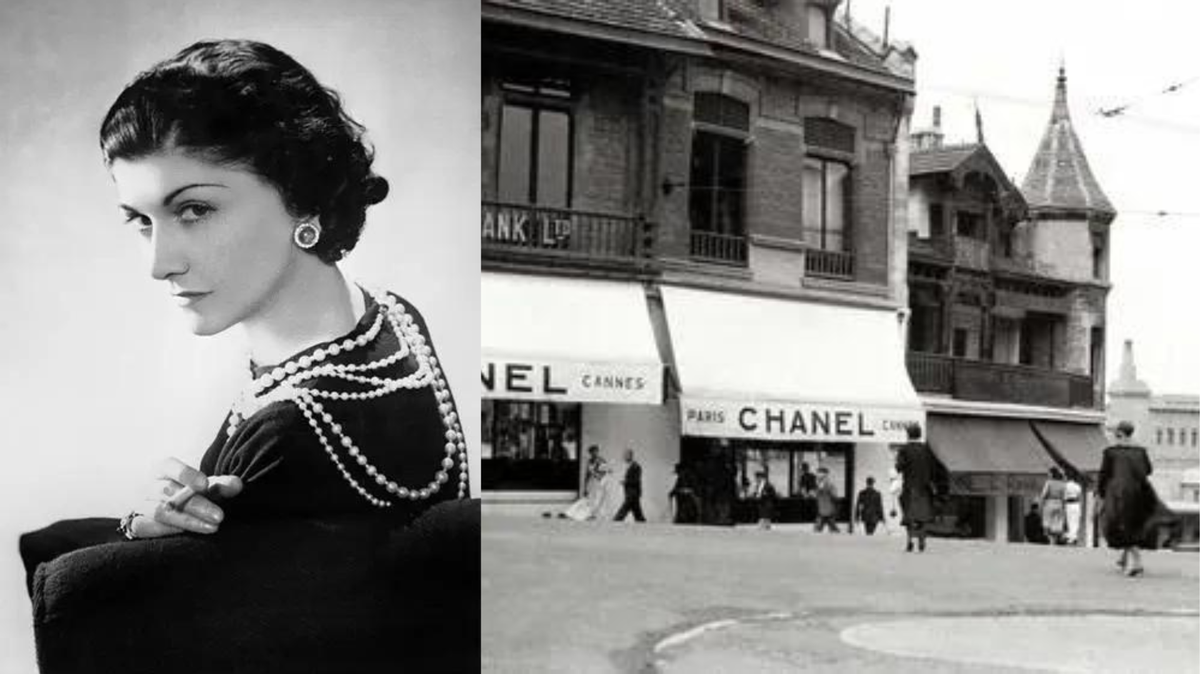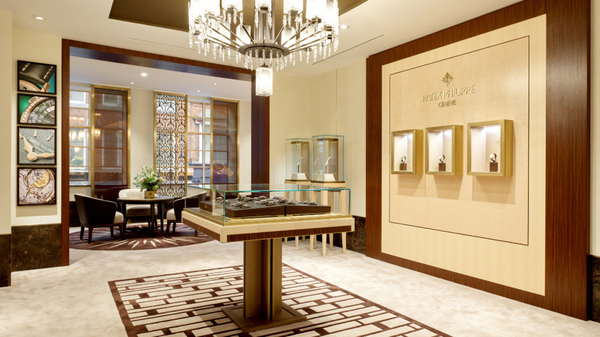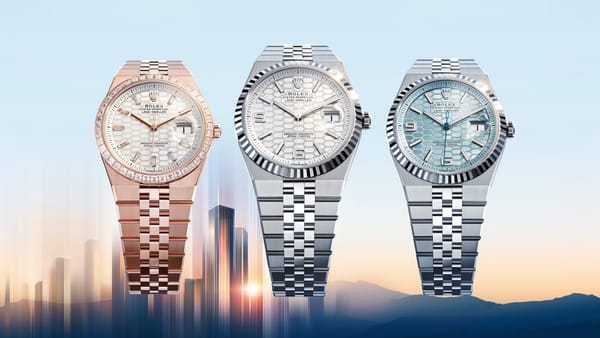How Gabrielle the Orphan Became Coco the Icon
From a tough childhood as an orphan to becoming a pioneering fashion icon, Gabrielle Chanel, known as Coco, transformed the world of style with her designs and elegance.

From a tough childhood as an orphan to becoming a pioneering fashion icon, Gabrielle Chanel, known as Coco, transformed the world of style with her designs and elegance.


Patek Philippe reveals 15 new models at Watches & Wonders 2025, blending innovation, elegance, and craftsmanship in stunning timepieces.

The Macallan and the Roca brothers craft a £3,750 whisky, capturing Hong Kong’s spirit with bold flavours, fine craftsmanship, and heritage.

Celebrating 75 years of Porsche in Zuffenhausen, where legendary performance and cutting-edge innovation come together in automotive perfection.

Rolex presents its 2025 collection, Imagination in Movement, featuring innovative designs, cutting-edge materials, and exceptional craftsmanship.
Don't miss luxury updates